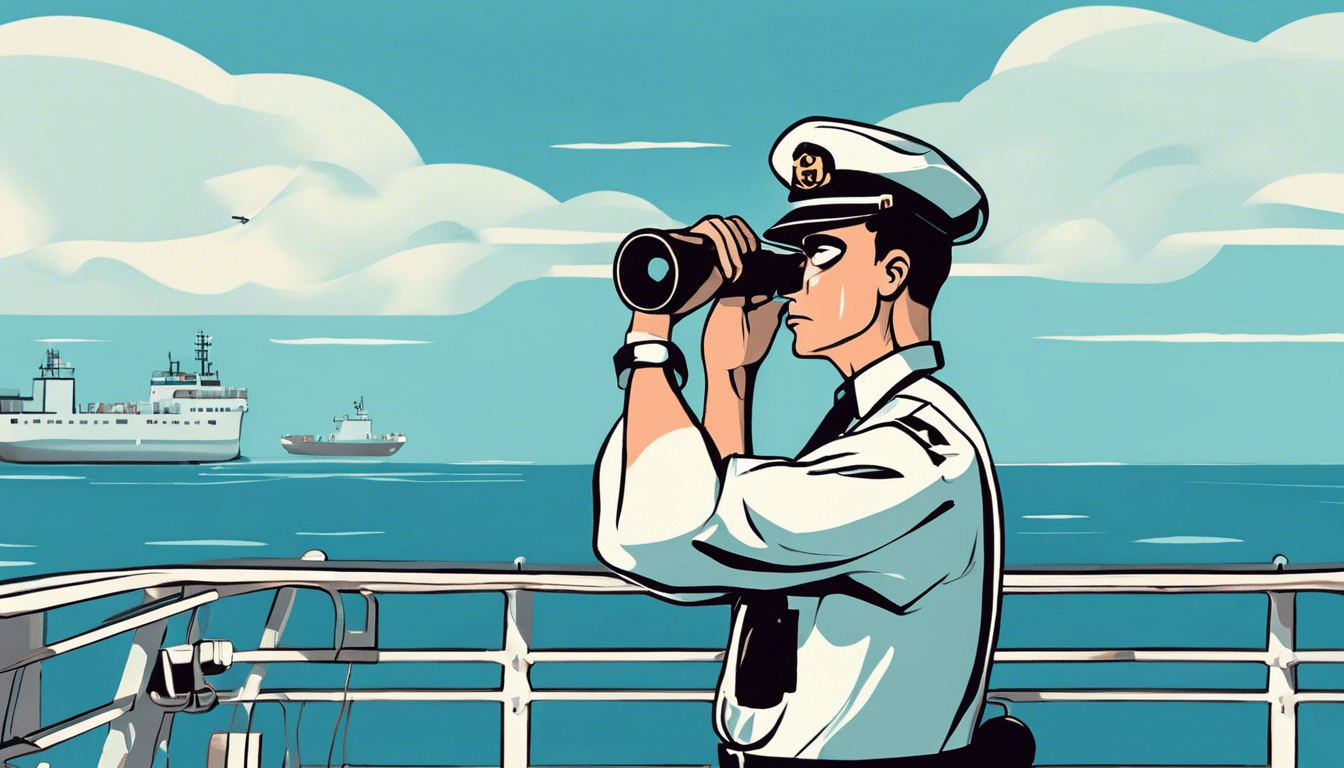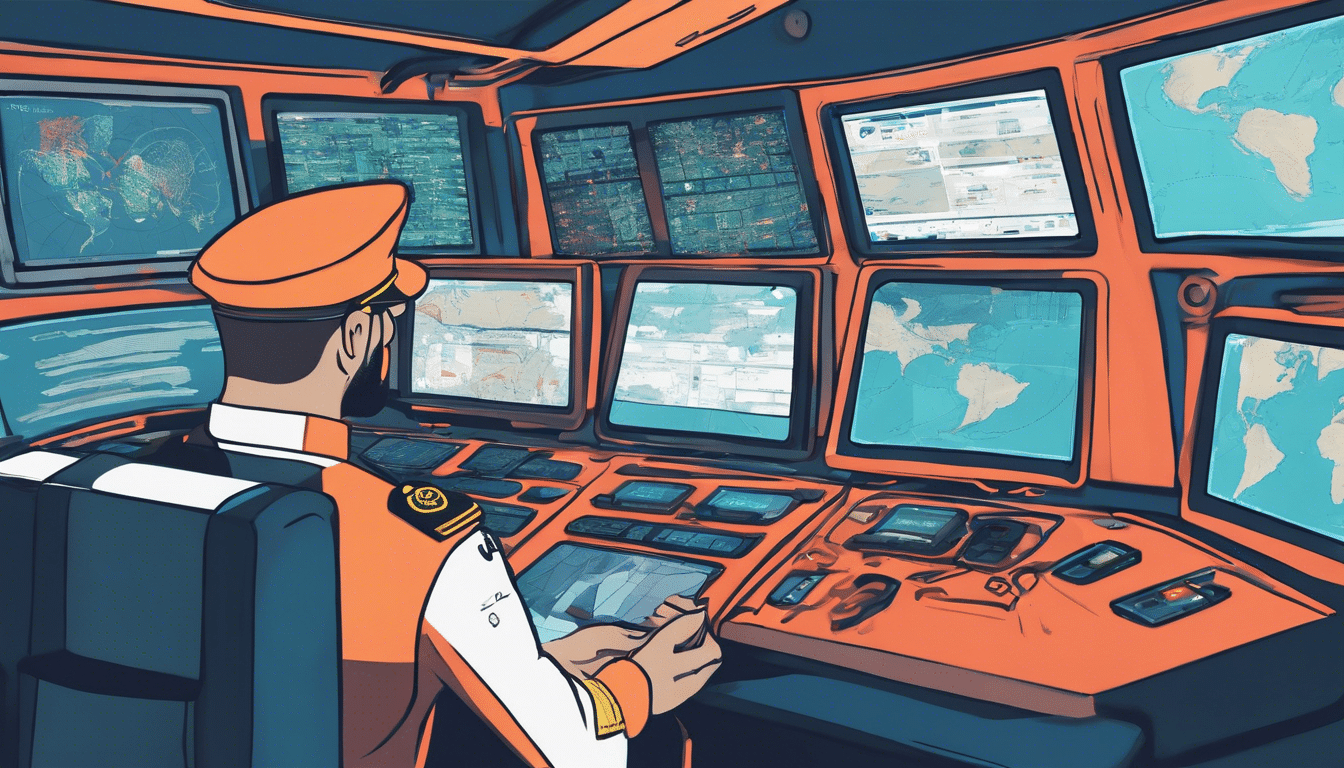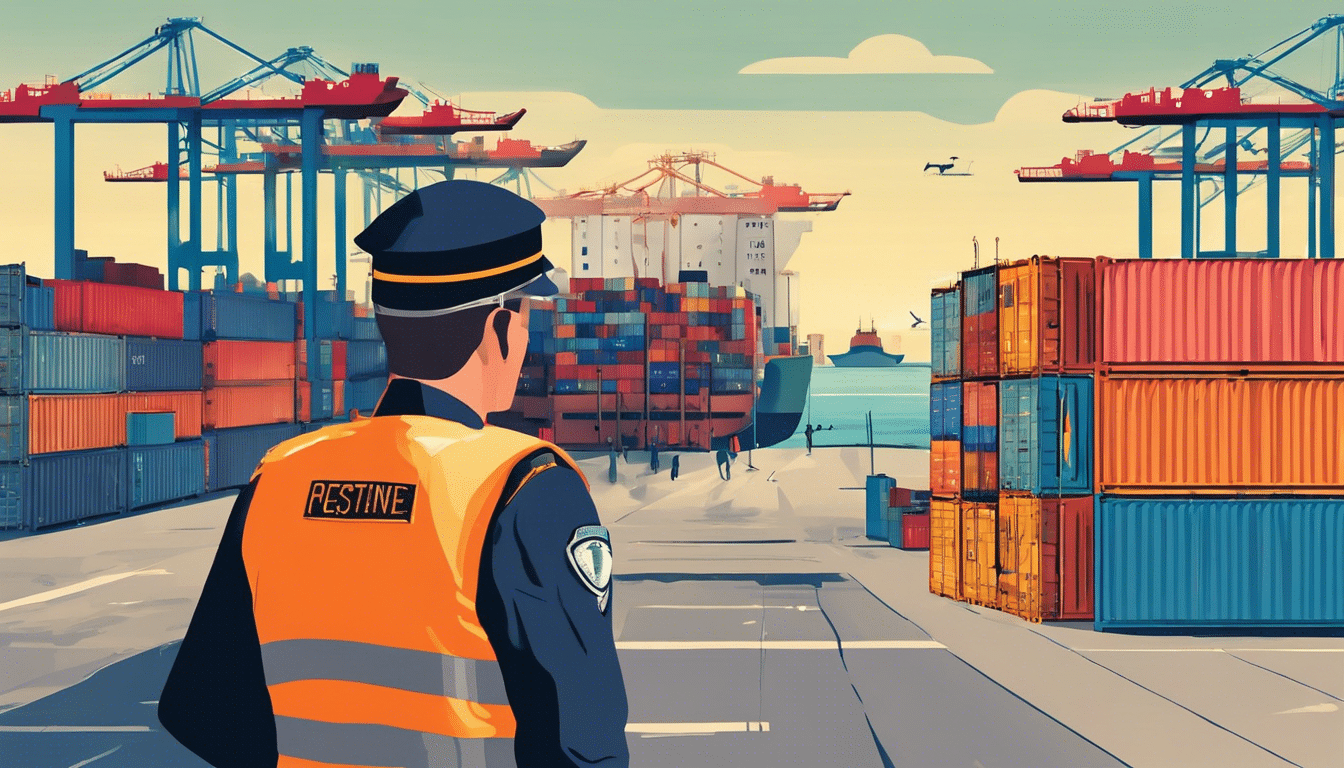In the maritime industry, ensuring the safety and security of ships and their crew is paramount. One of the critical figures in safeguarding maritime operations is the Ship Security Officer (SSO). This article delves into the key responsibilities of a Ship Security Officer explained, providing insight into their vital role in maintaining security on board. We will explore the essential duties and responsibilities that SSOs hold, the regulatory framework governing their actions, and how training and skill development are crucial for their success. Whether you’re a maritime professional or simply interested in marine security, understanding these aspects is essential for appreciating the complexities of maritime safety.
Learn More About Our Courses Here!
Key Takeaways
- A Ship Security Officer plays a vital role in maintaining maritime security and safeguarding vessels.
- Key responsibilities include conducting security assessments, managing security plans, and ensuring compliance with regulations.
- Knowledge of maritime security regulations and international maritime laws is crucial for effective ship security management.
- Training programs are essential for developing the necessary skills and competencies for Ship Security Officers.
- Continuous professional development is important to stay updated with evolving security threats in the maritime industry.
Understanding the Role of a Ship Security Officer
In the maritime industry, the role of a Ship Security Officer (SSO) is crucial in ensuring the safety and security of both the ship and its crew. The key responsibilities of a Ship Security Officer explained involve a multifaceted approach to maritime security. This includes implementing security plans to safeguard the vessel from threats, conducting regular security drills to prepare crew members for potential incidents, and ensuring compliance with international maritime regulations, such as the International Ship and Port Facility Security (ISPS) Code. The SSO also performs risk assessments to identify vulnerabilities and develops strategies to mitigate these risks. With the increasing number of maritime threats, the importance of an SSO can’t be overstated; their proactive measures not only protect the ship but also contribute to the broader safety of global shipping lanes.
Essential Duties and Responsibilities
The role of a Ship Security Officer (SSO) is crucial in maintaining the safety and security of vessels at sea, particularly in an era where maritime threats are becoming increasingly complex. One of the key responsibilities of a ship security officer explained involves conducting thorough security assessments and audits to identify potential vulnerabilities onboard. This includes implementing a ship security plan that complies with the International Ship and Port Facility Security (ISPS) code, ensuring all crew members are familiar with emergency procedures, and maintaining a consistent security training program. Additionally, the SSO is responsible for overseeing access control measures, such as visitor screening and cargo checks, to prevent unauthorized access to sensitive areas of the ship. The officer must also coordinate with port authorities and other security stakeholders during port operations to enhance overall maritime security. By effectively executing these responsibilities, the Ship Security Officer plays a pivotal role in safeguarding not just the vessel but also the crew and cargo it carries, ensuring smooth and safe maritime operations.
‘The price of freedom is eternal vigilance.’ – Thomas Jefferson
Learn More About Our Courses Here!
Regulatory Framework and Compliance
Understanding the key responsibilities of a ship security officer is paramount for ensuring maritime safety and compliance with international regulations. As guardians of maritime security, ship security officers (SSOs) play a critical role in mitigating risks such as piracy, smuggling, and terrorism. One of their primary duties is to conduct thorough risk assessments to identify potential security threats, allowing them to implement appropriate security measures aboard the vessel. Additionally, SSOs are responsible for developing and maintaining the ship’s security plan, which outlines procedures to follow in the event of a security breach. Training crew members in security awareness and emergency response is also a vital part of their role, ensuring that all personnel are prepared to act swiftly and effectively in any situation. Furthermore, the ship security officer must regularly liaise with port facilities and local authorities to ensure compliance with the International Ship and Port Facility Security (ISPS) Code, making their position essential for regulatory adherence. By understanding and executing these key responsibilities, ship security officers not only enhance the safety of their vessels but also contribute to the broader framework of global maritime security.
Training and Skill Development for Ship Security Officers
Training and skill development play a crucial role in preparing Ship Security Officers for the multifaceted challenges they face at sea. Understanding the key responsibilities of a Ship Security Officer is paramount, as these professionals are tasked with ensuring the safety and security of vessels, crew, and cargo. Their duties include risk assessment, implementing security measures, conducting drills, and responding to security threats, all of which necessitate thorough training and continuous skill enhancement. Effective training programs focus on maritime law, crisis management, security technology, and communication skills, equipping officers with the knowledge to handle various scenarios. Additionally, real-world exercises and simulations are essential in refining their response capabilities and decision-making skills under pressure. By prioritizing training and skill development, shipping companies ensure that their Ship Security Officers are well-prepared to protect maritime operations and maintain the safety of life at sea.
About Virtual Maritime Academy
Virtual Maritime Academy is a leading provider of online maritime education and training, offering a wide range of courses designed to meet the needs of the global maritime industry. With a commitment to quality and innovation, Virtual Maritime Academy is dedicated to preparing seafarers and maritime professionals for success in their careers. Now a DNV Certified Maritime Training Provider, the academy upholds the highest standards of excellence in training and education.














